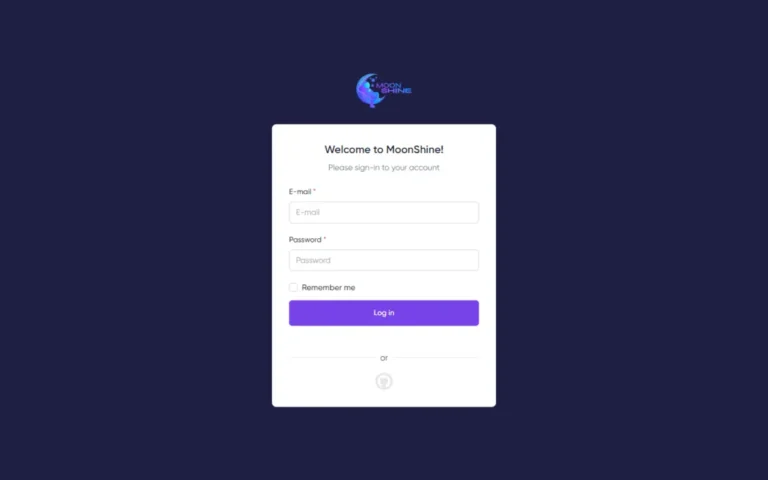10 common project risks and steps to eliminate them
Project risk analysis helps manage a project from start to finish to eliminate or reduce losses or business failures. The causes of risks depend on the type, complexity and duration of the project. The purpose of a project risk analysis is to identify possible threats and make a preliminary assessment of the consequences, as well as plan measures to reduce them. In this article, we will try to understand why an organization should analyze and manage project risks, and also provide examples of some common risks encountered in project management and those risks that can be identified during project risk analysis.
Why is it important to analyze project risks?
Project risk analysis is important because it helps project managers identify strengths, weaknesses, and potential opportunities during or after project completion. To conduct an effective risk analysis, it is necessary to examine and become familiar with potential problems or “high risk” threats that could negatively impact the planned progress of the project.
To contain and minimize losses, it is important to list all unexpected events that could disrupt processes, resources and technologies in the current project. A comprehensive risk mitigation strategy must be developed that includes a thorough preparation plan. The main goal of project risk analysis is to minimize the magnitude of external and internal risks. The idea is to take a proactive rather than reactive approach to project management. This will help reassure stakeholders that despite the challenges, the project's objectives will be achieved. Risk analysis provides a framework for addressing vulnerabilities and taking advantage of opportunities associated with those risks. Solving problems associated with risk analysis requires the participation of an experienced project manager and qualified technical specialists who can effectively manage risks within their competence.
10 Common Types of Project Risks
1. Technological risk
Leading a project from a technological point of view is a challenging task due to the constant introduction of new technologies. The technology aspect of the project is critical to data security, organizational service delivery, compliance, and information security. Technology risks are more complex due to the need to train staff and purchase new software when implementing new IT solutions. There are also other risks associated with technology, such as maintenance problems, which can lead to delays and project failure.
2. Communication risk
Effective and timely communication is a key operating principle that must be strictly followed while managing a project. Organizing meetings with stakeholders, such as project sponsors, helps keep changes on track, reassign tasks, and create a productive team environment. Despite having all the necessary communication channels and gadgets, team members sometimes neglect critical components of effective communication, which can lead to data loss or misinformation and ultimately project failure.
3. Risk of changes in project scope
Unauthorized changes to the originally planned scope of the project may result in additional costs for new features, products or functions. This risk is relevant for most projects and sometimes becomes irreversible, since some of the additional features may be critical to the success of the project.
4. Cost risk
Poor management of project resources due to overly high budgets or other constraints can pose a threat to the successful completion of the project. If project costs exceed budgeted amounts, risks may shift to other operations and workforce segments. Resource reductions can also contribute to scale risk.
5. Operational risk
A project may stall or fail due to ineffective execution of critical activities and core processes such as manufacturing or purchasing. Risks may result in direct or indirect losses due to inconsistencies or failures in quality, quantity or strategies. Depending on the type of project, operational risks may include:
IT system risk;
direct implementation risk associated with people and processes;
risk of indirect implementation involving people and processes;
risk of financial opportunities.
6. Health and Safety Risk
Occupational safety and health is a type of risk that can compromise compliance with corporate standards. The company should regularly review and evaluate safety and health standards to identify potential risks that could result in losses or penalties. The risk may also result in poor health of employees or customers, and the company's reputation may be at risk. Management is responsible for continually monitoring health and safety risks on the company's premises and within its products or services.
7. Risk associated with qualified personnel
The use of internal personnel represents a potentially high project risk because sometimes project work is carried out in different locations, requiring the presence of in-house personnel. Overlapping waves can cause problems. Incompetence of personnel in various project departments is another risk that can lead to additional costs for retraining or transferring personnel.
8. Performance Risk
When a project does not achieve planned results, there is a risk associated with its performance that can affect the overall performance of the business. This problem may require additional funding, possible fines for failure to complete the project, and affect the position of competitors.
9. Market risk
Failure to complete the project may create market risk, which will allow competitors to take advantage of the situation to damage the business and force it out of the market. Other market risk may arise in commodity and foreign markets that are inconsistent with initial project estimates. Liquidity, credit and interest rate fluctuations can also distract the market from selling.
10. Risk of external hazards
Potential adverse events beyond the control of project management pose potential risks. These risks can come in many forms, such as terrorism, hurricanes, floods, vandalism, earthquakes and civil unrest. If such events occur, the project may be stopped. By taking appropriate control measures, organizations can prevent significant damage or loss caused by unforeseen external hazards.
6 recommendations for eliminating project risks
Uncertainty is inherent in many of the largest and most technologically advanced projects. Organizations often run into problems due to failed or inappropriate measures to mitigate project and emergency risks. Below are six project risk mitigations that will help keep your project on track..
1. Risk identification
It is necessary to prepare and study a list of all possible risks that may affect the project. Ensure that key stakeholders understand the project's goals and objectives through a series of brainstorming sessions. The meeting report should reflect all risk levels.
2. Prioritize and communicate risks.
Since risks have different impacts on a project, select and develop an effective risk mitigation strategy that can lead to the greatest losses. It is advisable to scale and categorize risks, then focus on the most significant threats and discuss them with the project steering committee. Risk reporting also helps project managers monitor every step.
3. Match the likelihood of each risk with its impact.
Each potential risk may have a low, medium, or high impact on the project. As a team, you can develop a probability matrix that correlates risks with their possible consequences. This matrix will help make decisions regarding the likelihood of a risk versus its impact for
taking timely measures. Linking the risk to its potential impact is also critical to guide the project's action plan for effective control.
4. Design and development of risk response measures
By developing a project risk response strategy, you prevent possible threats or reduce negative consequences if a problem is unavoidable. It is also important to regularly review and monitor risks to ensure that opportunities to prevent potential threats are not missed.
5. Contingency plan for each risk
When a risk arises, the team must have a fast and reliable contingency plan ready to use. The plan must prevent or minimize further damage and prevent the crisis from continuing. Involve all stakeholders in the planning and implementation of the emergency plan. The emergency plan should contain answers to the following questions:
What steps need to be taken to reduce the likelihood of a risk occurring?
What needs to be done to manage the risk if it occurs?
How to effectively use the opportunities that arise due to risk?
6. Record and track risks along with associated tasks
Recording potential risks at the relevant task or process level helps management stay on top of possible threats. It is important to record detected risks in a special registry and store them on the central project server throughout its implementation. Since a separate responsible person can be assigned to oversee each task, it becomes easy to monitor each potential risk and develop appropriate measures. Additionally, such records allow stakeholders to focus on the current status of the project.
We will continue to discuss risk management in IT at open lessons:



